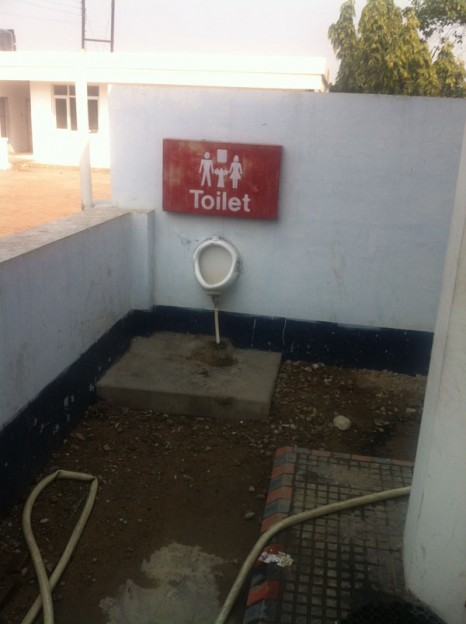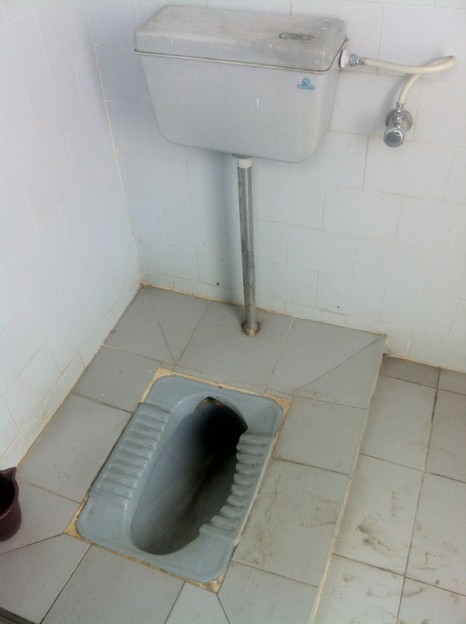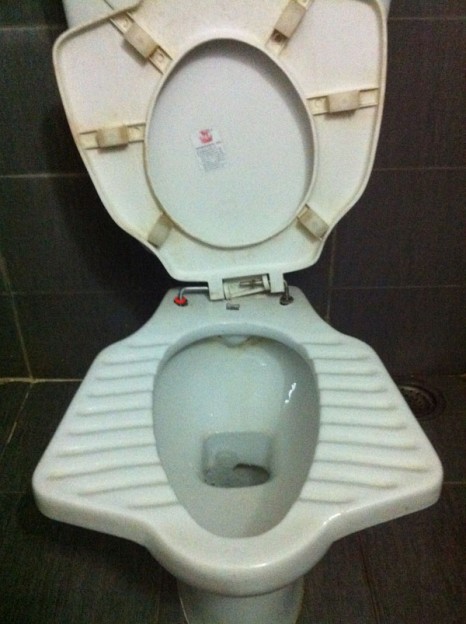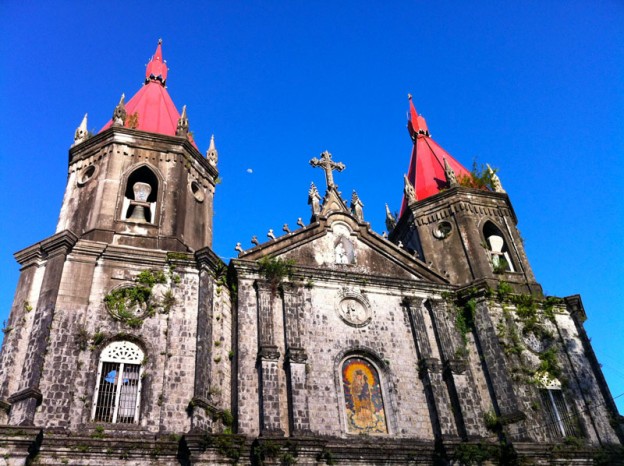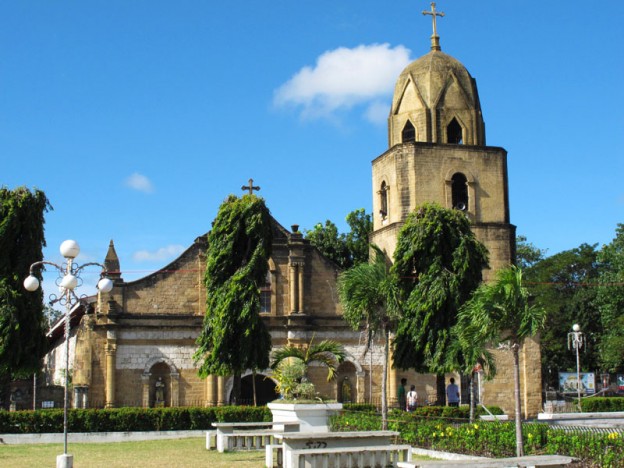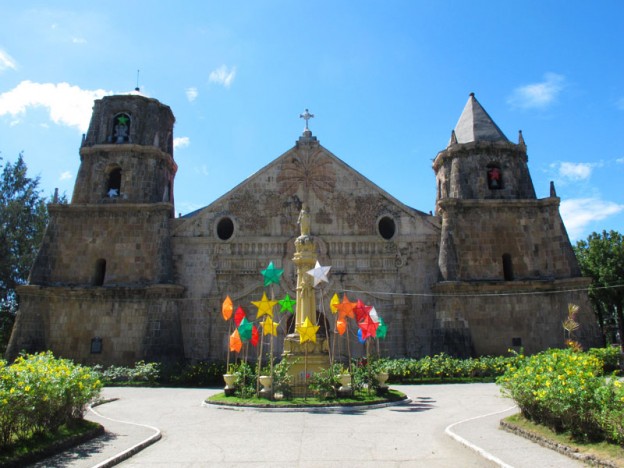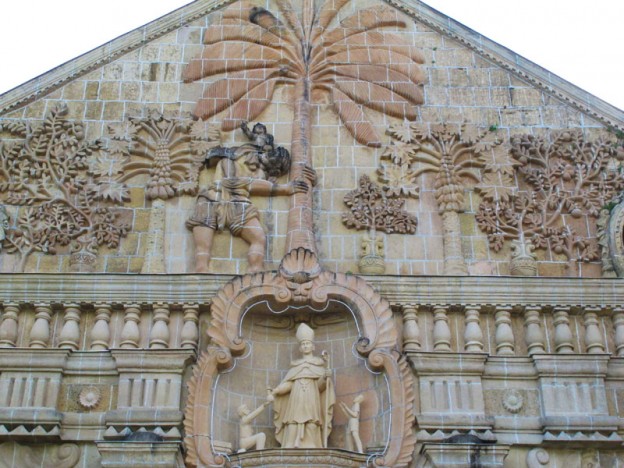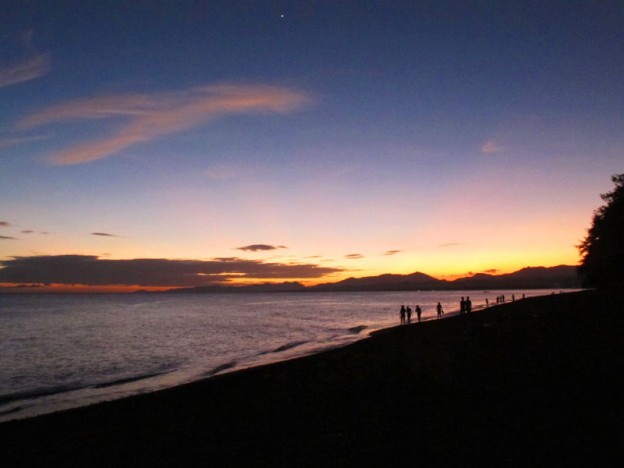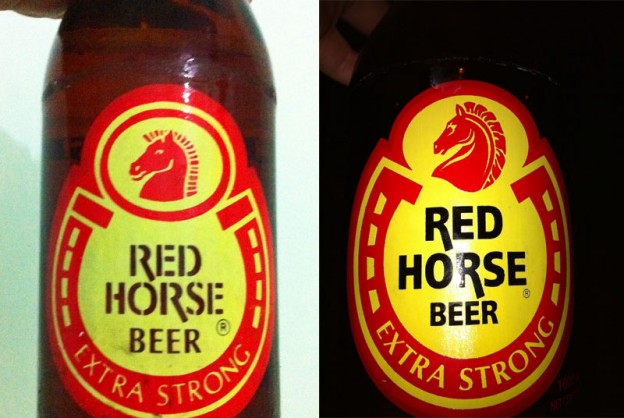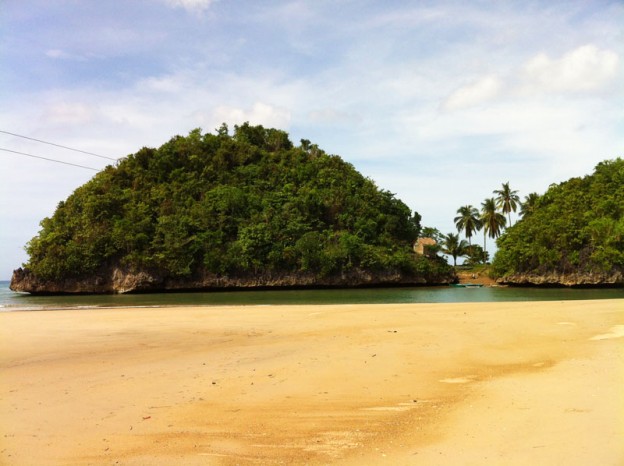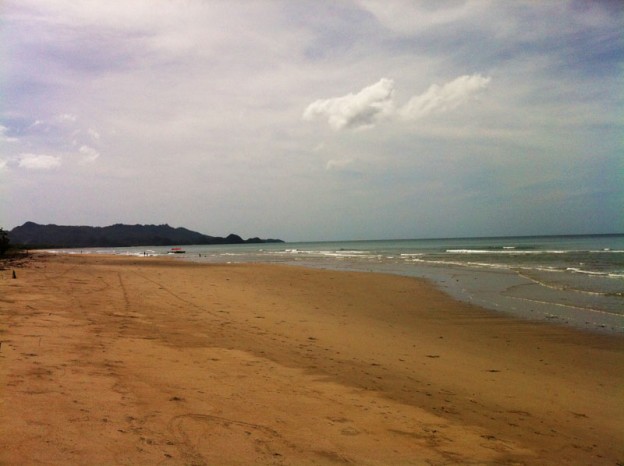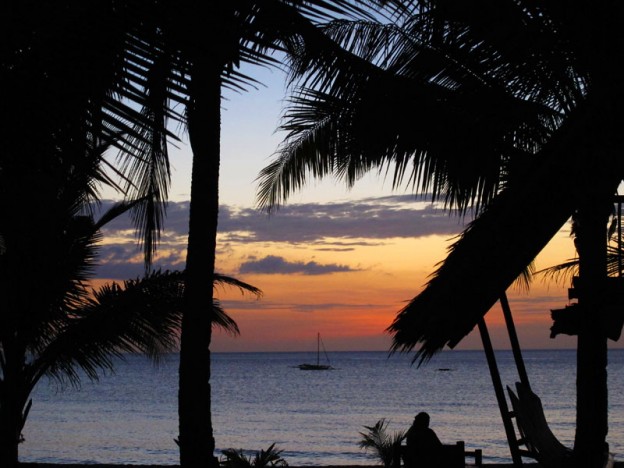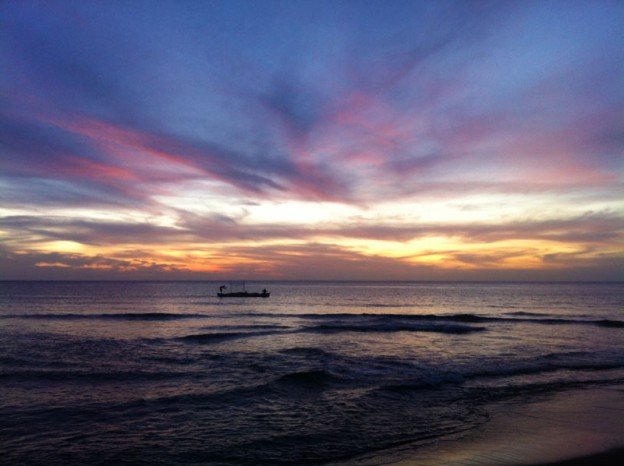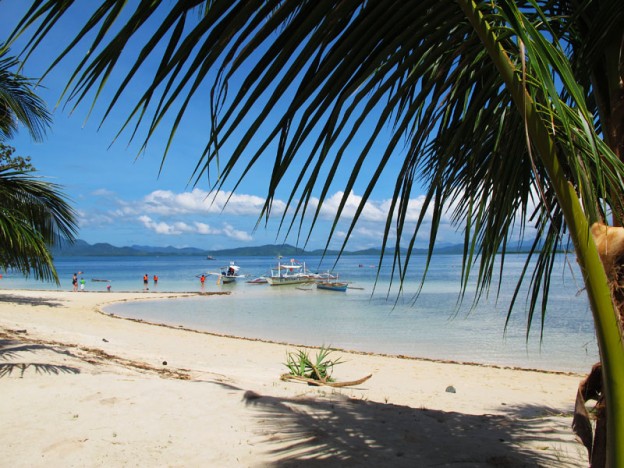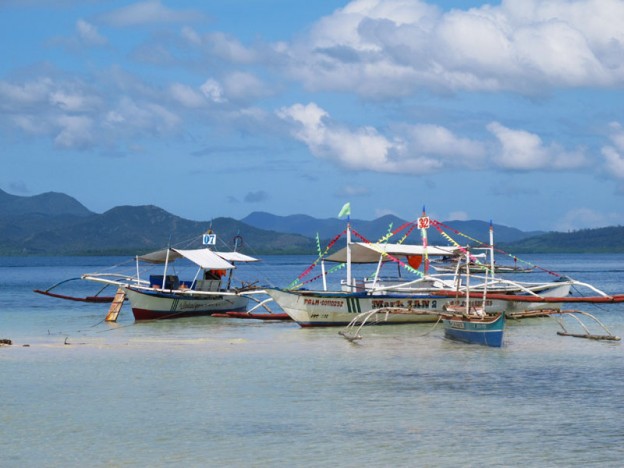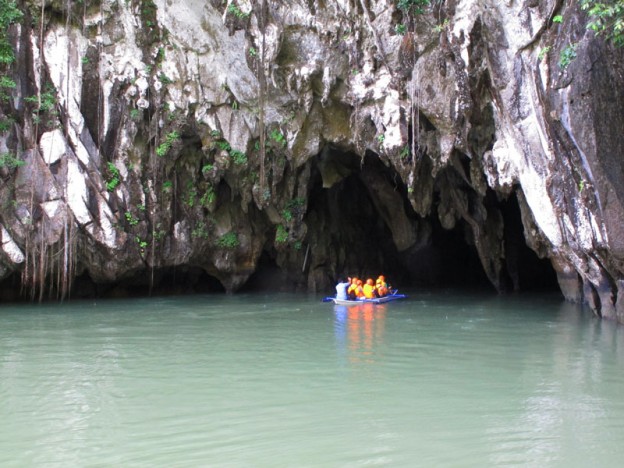When I told people I was going to India, I received a lot of advice (which I actively solicited). I was also warned to prepare myself for India. India is filthy, India is a mess, and India is difficult to navigate. Exactly the opposite has occurred on my travels through India.
I’ve been in India for over two weeks and haven’t experienced any significant issues, certainly nothing that would make me call this the most difficult traveling I’ve done. I haven’t felt threatened, I haven’t been cheated, I haven’t even had touts hassle me. Perhaps my biggest disgust when traveling is dealing with taxi/tuk tuk/rickshaw drivers that always try to screw you—even that hasn’t happened here. There are negatives and some things that just make absolutely no sense at all, but the positives far out way all that.
Yes, India is quite filthy. The air is polluted and there is dust everywhere. People just toss garbage wherever they happen to be. Roadsides, vacant lots—any space, actually—is just covered with garbage. There are piles of trash all over the place. People also spit a great deal, mostly from chewing on betel nuts.
Cow shit is a constant worry. Mostly because there are cows everywhere you go. A rather odd phenomenon to have cows wandering around, eating trash, lying in the trash, shitting everywhere, and then have people revere them and pet them as they walk by. I suppose it’s no more odd than believing that a bearded sky-fairy created the earth in seven days. Avoiding stepping in cow shit has been the most difficult navigating I’ve had to do in India.
Honking is incessant. Not a couple beeps like in SE Asia. No, these are long hold-your-hand-on-the-horn-for-at-least-five-minutes honks. I am not exaggerating. It’s insane and no one even pays it any attention. The constant, long honking would be amusing in its absurdity if it weren’t so damn annoying.
Despite these relatively minor annoyances, India is a wonderful place. No one seems out to cheat you. In fact, many people are effusively nice. They help you get around, even walking you to where you want to go, with no expectation of money or stopping at their shop. Sometimes they just want to chat with you for a few minutes before they go on their way with a smile.
A tout might ask you to look at their shop as you’re walking by. “Just look,” is all they ask. If you decline, they smile and say, “Maybe later.” That’s it. There is no pressure whatsoever. Rickshaw drivers start high, but will drop down fast with only one or two back and forth negotiations (regular taxis just use their meters). If you know the price you should pay, they often just agree to it. I’ve never experienced such a thing before.
Of course, the food is absolutely amazing. I haven’t had one bad dish. Everything has been wonderfully prepared and is always fresher than fresh. I haven’t gotten sick and I’ve even eaten from street vendors. If anything, the biggest issue has been eating too much!
I’ve only been in India for two weeks and only in the North (I just arrived in Bombay as I write this), I expect that my views will not change. I’m not sure why people think India is so difficult or challenging to travel. I’ve found India relatively easy to travel with only a few minor annoyances that are hardly unique to India. I’m looking forward to several more weeks of great food and great people, and of course the beaches of Goa.
Have you been to India? What was your experience? Are you thinking of visiting? Share your thoughts in the comments section below.
